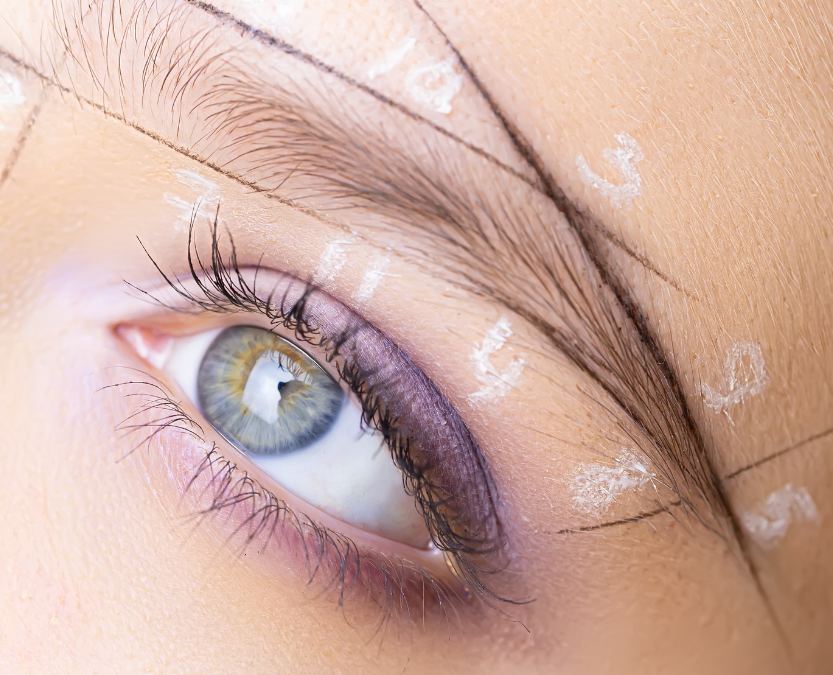Want to try microneedling in the hopes of getting rid of fine lines, wrinkles, acne scars, and other skin imperfections? Are you hesitating because you’re not sure what to expect?
Don’t let fear of the unknown prevent you from pursuing this process, which is non-invasive and delivers proven results. Here’s everything you need to know about microneedling.
The Initial Consultation
Any cosmetic procedure should start with an initial consultation. Your technician will need time to talk about your goals, to take a look at your complexion, and to talk to you about any allergies or medical conditions you might have.
If the spa doesn’t offer an initial consultation with a licensed technician, you should keep searching until you find the right provider.
24 Hours Prior to Treatment
You should take a full day to prepare for your appointment. First, you’ll want to avoid sun exposure. Sun exposure makes your skin more sensitive, which means the microneedling process could become more uncomfortable.
You should also avoid exfoliation for the same reason, or any other harsh chemicals in your facial washes or products.
Finally, you should avoid any medications that thin the blood, including aspirin and ibuprofin. Alcohol thins the blood too, so you should avoid that as well.
During the Treatment
Once you arrive, your speciaalist will clean and prepare your skin for treatment. Cleaning helps you avoid infection.
Next, most technicians apply a topical numbing clean to minimize discomfort. You’ll be given a little time for the cream to take effect. The cream is pretty effective—most people don’t feel any sensation other than “pressure” once the numbing cream has completed its work. A few patients say it feeels al ittle more like a mild vibration or series of mild scratches instead.
Next comes the microneedling process itself. The device looks like a pen with a tiny series of needles at the tip. The technician moves the device across the skin to create microchannels on the surface of the skin.
The depth of those needles can vary—we’ll choose the right pen for your complexion and goals. The important part is that the needles penetrate the top layer of the skin, creating small punctures that naturally stimulate the body’s own healing process. These punctures trigger the creation of elastin and collagen, filling in fine lines, wrinkles, and acne scars.
After the Treatment
Once the process is done you may experience some redness and swelling. Both symptoms are normal, and should subside within a few days.
Your esthetician will provide you with aftercare instructions. Usually those instructions involve the following:
- Avoid touching your face or applying makeup for at least 24 hours after the treatment. This will help minimize the risk of infection and ensure the skin can heal properly.
- Avoid strenuous exercise, hot showers, or saunas for 48 hours after the treatment. These activities can irritate your face. They can also increase inflammation, which slows the healing process.
- Your specialist will generally provide you with a gentle cleanser that you can use so you don’t irritate your face.
- Apply SPF 30+ sunscreen daily, even on cloudy days.
If you see any signs of infection it’s important to go to a doctor right away. Most clients breeze through their aftercare process without a problem.
Results
It can take several weeks for the results of microneedling to become visible. Most people begin to notice an improvement in the texture and tone of skin within a few weeks of treatment. Your skin will look brighter, more youthful, and healthier.
For best results, you might require several treatments, spaced several weeks apart. The number of treatments you’ll need will vary depending on your unique skin, as well as your goals. Most people need three to six treatments to enjoy long-lasting results. It’s not a quick fix, but it can nevertheless be highly effective. You’ll start to see your skin condition improve more and more with each subsequent treatment.
The duration of the results can vary depending on your age, skin condition, lifestyle, and skincare routine. However, with proper maintenance and care, the results can last for a year or even longer.
Remember that the whole point is to stimulate the body’s natural healing process, and natural healing takes time. Once you’ve seen the results, though, you’ll definitely want to add microneedling to your regular, longterm care schedule.


